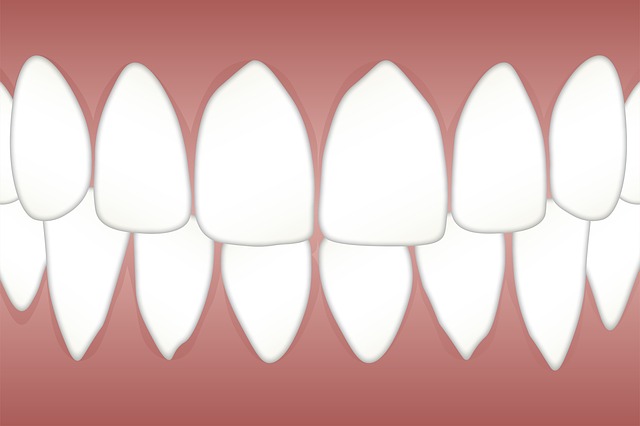An interesting article titled “Accuracy of Artificial Intelligence-Based Photographic Detection of Gingivitis” appears in the International Dental Journal written by Reinhard Chun Wang Chau and et.al., 2023. The article used artificial intelligence (AI) to provide automated visual plaque control advice based on intraoral photographs.
Periodontal disease is a chronic inflammatory disease that is categorised into gingivitis and periodontitis with reversible and irreversible tissue damages. It is beleived to affect mroe than 50% of the world. Periodontal disease is caused by accumulation of plaque biofilm along the gingival margin, which causes local gingival inflammation. As inflammation occurs at the gingival margin, redness, swelling, and loss of stippling appearance as loss of gingival fiber attachment are observed which are changes detected visually by dentists.
The study used a deep learning algorithm named DeepLabv3+ built on Keras with TensorFlow to analyze intraoral photographs of 567 patients. The patients were seen at the Comprehensive Dental Clinic of the University Dental Hospital from 2020 to 2022. Frontal-view intraoral photographs were taken of the patients using a digital single lens reflex (SLR) camera with a macro lens and ring flash. The authors randomly 453 photographs as training datasets and the rest of the photographs (114) were designated as validation datasets. Photographs from the training datasets were used as input into the AI system for training. After the model was trained the AI system was diagnosed the gingival status of intraoral photographs using the validation datasets.

This image is from Pixabay and has a Pixabay license
The AI model was able to correctly identify gingivitis with a sensitivity of 0.92 and a specificity of 0.94. The mean intersection-over-union of the system was 0.60 and above the commonly accepted threshold of 0.50. The results were similar to the accuracy of human dentists, who often have a sensitivity of 0.85 to 0.90 and a specificity of 0.90 to 0.95. The authors concluded that AI could be used to identify gingivitis with high accuracy and be an important tool for monitoring disease progression. AI thus has the potential to be a valuable tool for the detection and monitoring of gingivitis. The authors state:
“The results of this study supported the hypothesis that a novel AI system built with DeepLabv3+, after training with adequate number of intraoral photographs, would be able to predict the gingival health status with accuracy, in terms of sensitivity and specificity, at or above 0.90.”
When compared to a dentists ability to detect gingivitis, AI can be used to analyze large numbers of photographs quickly and efficiently. This could allow large numbers to be asssed for gingivitis and help identify cases that might otherwise go undetected. AI cold aslo be sed to monitor progression of gingivitis and allow patients to track and see if any treatment is having an impact. The authors caution that the AI model developed may work better on Chinese individuals compared with other ethnicities including White, Latino, and Black, individuals since the training was done on Chinese patients. The authors feel additional studies are needed to further improve the accuracy of the system and achieve superior performance as a periodontist.
